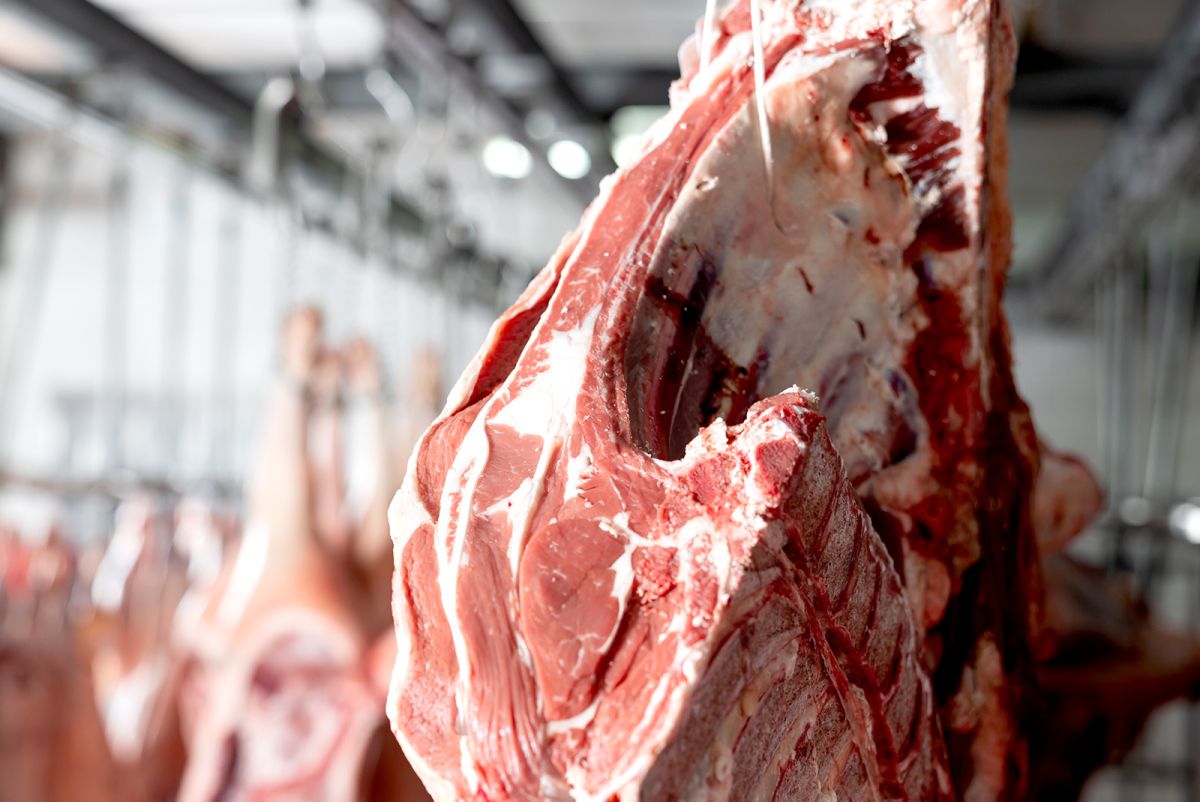New EU standards to reduce the environmental impact of slaughterhouses

The European Commission Decision ‘BAT Conclusions for Slaughterhouses, Animal By-products and/or Edible Co-products industries’ requires measures to reduce the air and water emissions of some 3,000 slaughterhouses and installations processing animal materials and converting them into other products, such as feed products, fats, fish oil or gelatine. The Decision targets over 20 air and water pollutants and will also, for the first time, include mandatory limits on odour emissions. Other targeted pollutants include total volatile organic compounds (TVOC), ammonia and dust (emissions to air), as well as organic substances and nutrients (emissions to water).
The new standards will also boost action on circular economy, including energy efficiency, water consumption and resource efficiency. They will promote the use of less harmful substances in cleaning and disinfection and a more environmentally sound use of refrigerants for combatting global warming and ozone depletion. Existing installations will have four years to comply with the new standards to reduce environmental impact, but they will be immediately applicable for all new installations.




